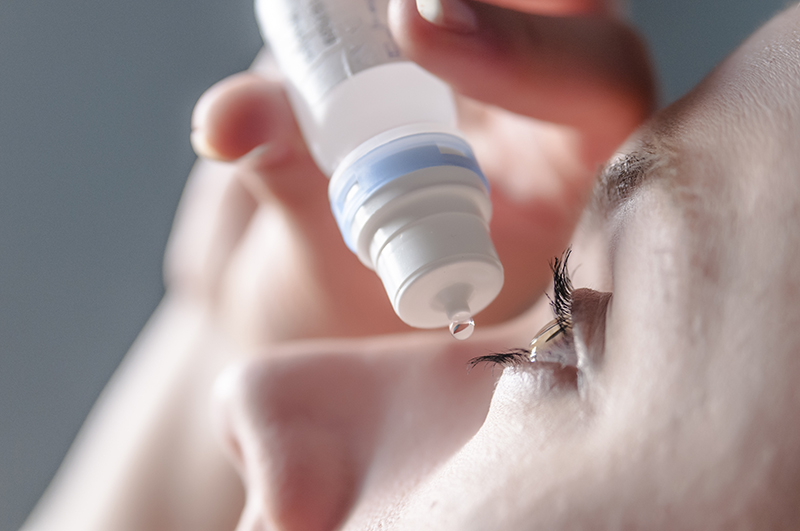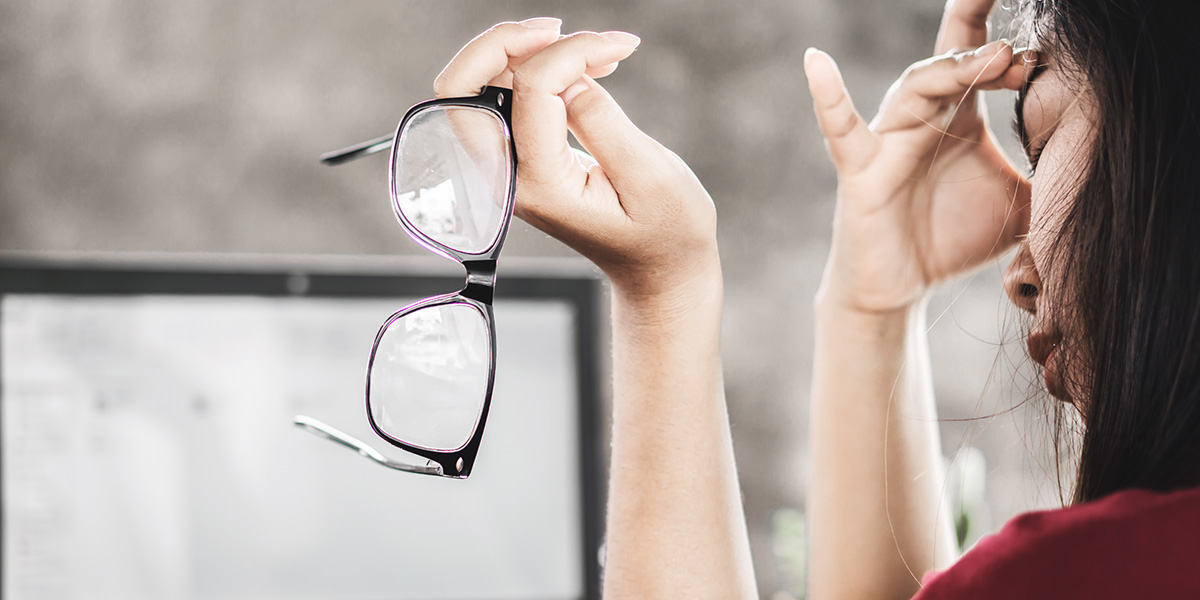Our eyes have been described as the windows to the soul. But let’s face it: We don’t always take good care of them. Today’s busy lifestyle means we often spend long hours glued to a laptop or smartphone, and staring at these screens for prolonged periods may lead to eye strain.
Eye strain is becoming increasingly common these days. The signs of eye strain include headaches, blurry vision, irritated eyes that feel dry, as well as aches in the neck or back. Even though lubricant eye drops help provide temporary relief, eye strain can still pose some levels of discomfort. But by adopting some preventive habits, you can reduce eye strain. Follow these easy steps:
Have a break
Whether you’re binge-watching the latest drama series on Netflix or rushing to finish a work report, it’s easy to get carried away and forget to give our eyes a break. Experts recommend the “20-20-20” rule: Rest your eyes every 20 minutes by looking at an object 20 feet (or six metres) away for 20 minutes.

Light it up
It’s a tough balancing act — too much or too little light can lead to eye fatigue. For starters, cutting down on glare through special filters can minimise eye strain. When reading, ensure that your light source is behind you. Be it your laptop or TV, always remember to adjust the brightness of your screens for comfort.
Eat right
The popular saying “You are what you eat” couldn’t have been more true. A well-balanced diet is necessary for overall good health. Ditto your eyes. Some of the nutrients your eyes require for optimal performance include Vitamin A and C, Omega-3 fatty acids, and zinc. Go ahead and incorporate food and fruits such as spinach, carrots, grapefruits, strawberries, eggs, whole grains, and salmon regularly into your meals. Your eyes need all the goodness they deserve.


